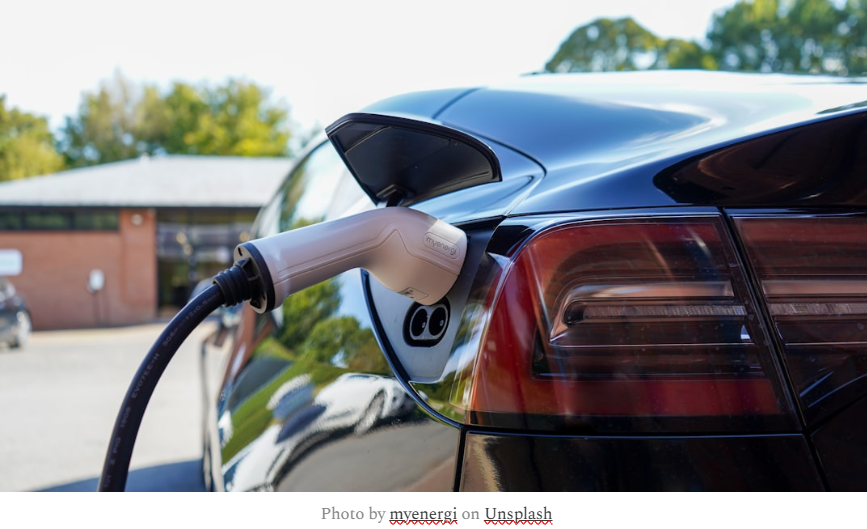
Electric chargers for EVs and PHEVs can be confusing to those not familiar with the nomenclature. Bruce Saller clears everything up in this week’s Environmental Cents.
by Bruce Saller
WRITER
Last week we looked at electric vehicles, PHEVs, and hybrids, examining how they work as well as the pros and cons of each. As important as EVs are to helping the environment, chargers are essential to powering them.
Here’s what you need to know to understand the types of chargers.
There are three types of Electric Vehicle (EV) chargers:
- Level 1 (L1) – Plugs into a standard 120 Volt AC (VAC) outlet. Provides 1-1.5 Kilo-Watts (KW) of power (adds 3-5 miles of range/hour.)
- Level 2 (L2) – Uses 240 VAC and provides 7-20 KW (25-50 miles/hour.)
- Level 3 (L3) – also called Direct Current Fast Charging (DCFC). Commercial chargers providing 50-350 KW (generally 150 KW, 350-600 miles/hour; 6-10 miles/minute). The rate of charge slows down significantly once the battery reaches between 80% – 90% of charge.
L1 and L2 chargers provide power to a charger in the EV which applies power to the battery. L3 chargers provide power directly to the battery. The actual power applied is the lower rating of the external and internal chargers.
L2 chargers are installed at homes and businesses. In our area they are at car dealers, hotels, campgrounds, Mary Washington Hospital, Fredericksburg Parking Garage, Stafford Marketplace, Kohl’s Southpoint and most Giant Food stores. There are eight L3 charges in the Spotsylvania Mall, ten at Walmart-Garrisonville and one at the Fredericksburg Library (25 KW). The chargers at the Kohl’s, Giant, Stafford Marketplace, Fredericksburg Parking Garage and Library are free.
L1 and L2 chargers have a Society of Automotive Engineers (SAE) J1772 connector that plugs into the EV. L3 chargers have one of three plugs:
- North American Charging Standard (NACS) – also called SAE J3400. Used by Tesla.
- CHAdeMO – only used on Japanese cars. Being phased out.
- SAE Combo Charging System (CCS) – used on all other EVs.
You can buy adapters that convert between NACS and CCS. Some US manufacturers are switching to the NACS plug.
There are several commercial charging networks around the US (Tesla, Electrify America, Blink, EVGo and ChargePoint). You need the network’s App to use their chargers. Most L2 chargers cost 15 to 20 cents/KWH; L3 chargers cost from 30 to 48 cents/KWH. The Apps show their charger locations, cost and if the charger is working, in use or available. The PlugShare website and App show all charger locations, cost, and operability. New EVs generally come with some amount of free charging.
Other than free locations, charging at home is the most economical. Most new EVs come with a single portable L1/L2 combo charger that can plug into either a wall outlet or an electric range outlet (L14-50R; provides 7 to 11 KW). Permanently installed L2 chargers provide 7 to 22 KW. There is a federal tax rebate of 30% of the charger cost (including installation) up to $1000.


